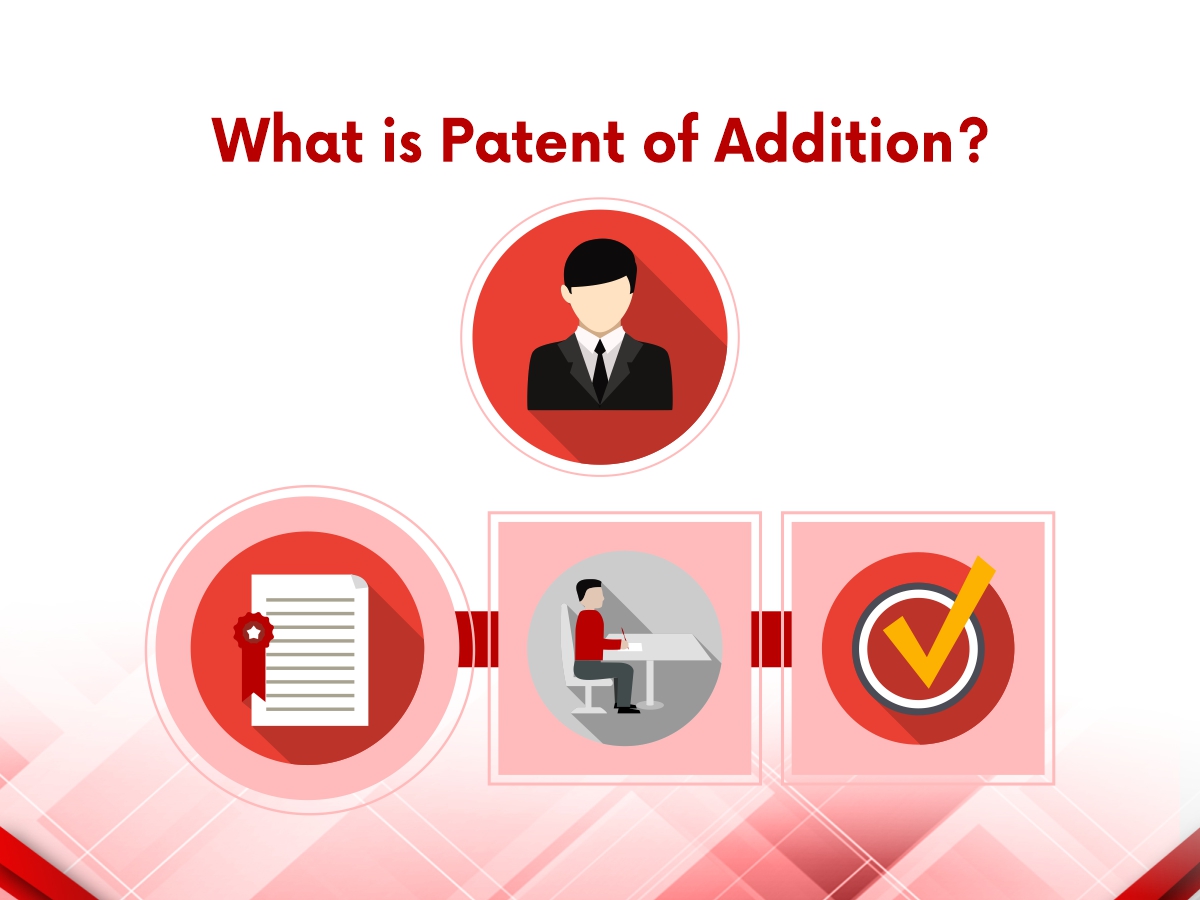
The main purpose of patent of Addition is improvements or changes that aren’t covered in the original patent but have been improved or updated later.
It is used to protect innovative, industrially applicable, and non-inventive alterations or enhancements made after a patent application that has already been submitted or issued.
Under section 54, 55, and 56 of the Indian Patent Act (IPA), 1970, such modifications or additions are allowed under the title “Patent of Addition.” So, an application for any improvement or modification of an invention described in the detailed specification filed in respect of the main invention falls within the first clause of section 54 of the IPA, 1970. Where the applicant also applies for or has applied for a patent for that invention, or is the patentee in that case, and the controller grants the patent for the improvement or modification as a patent of addition. According to this provision, the first and most important criteria is that the applicant of Addition must be the same person who owns the patent which the modification or improvements will be filed. It does not receive a twenty-year extension. Its term is equivalent to that of the main invention’s patent under section 55(1), and it will continue in force until the main invention’s patent expires.

Protecting Innovation in Fashion: Key IP Strategies Every Fashion Brand Should Implement

From Lab to Table: How Cultivated Meat is Revolutionizing the Industry?

HEVC Video Compression: Revolutionizing Digital Media

Quantum Computing: Breakthroughs, Software Innovations, and Strategic Partnerships 2025
© Copyright 2024 – Wissen Research All Rights Reserved.